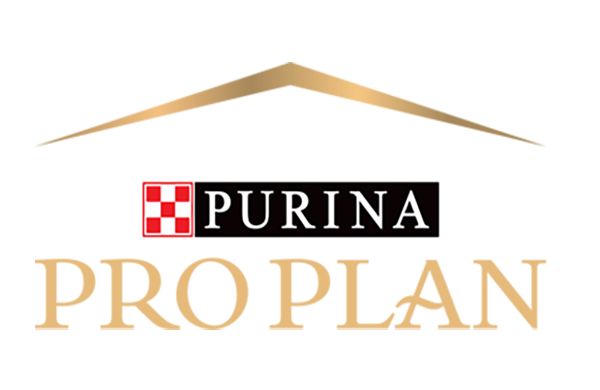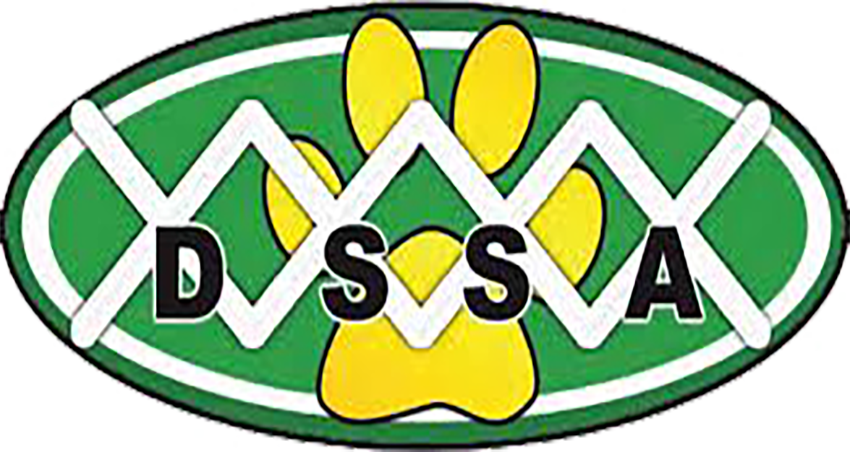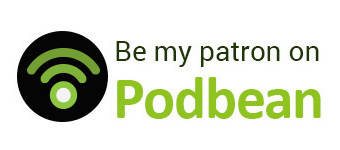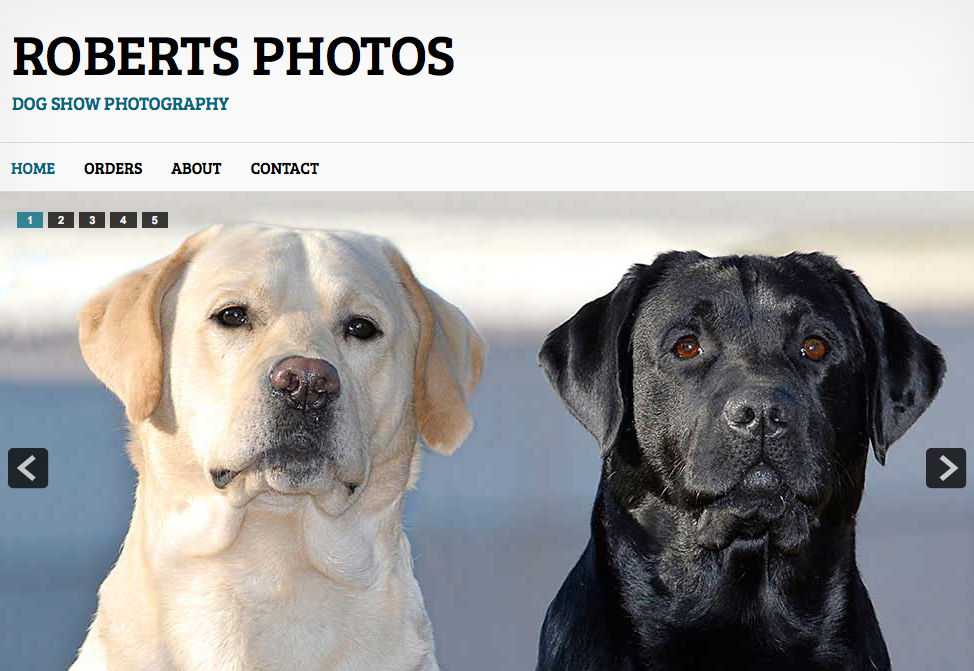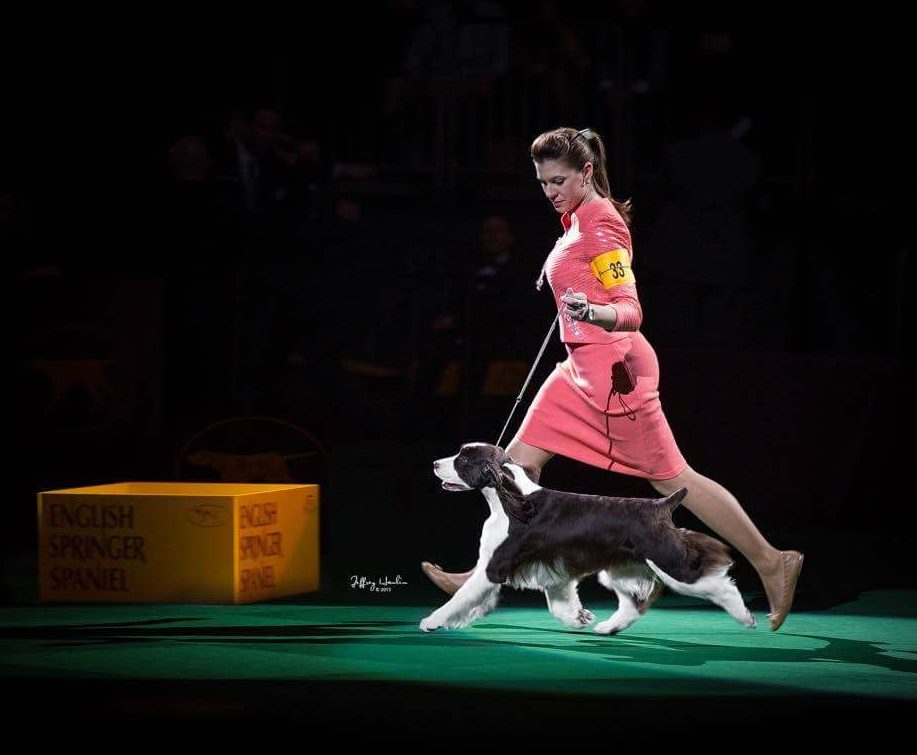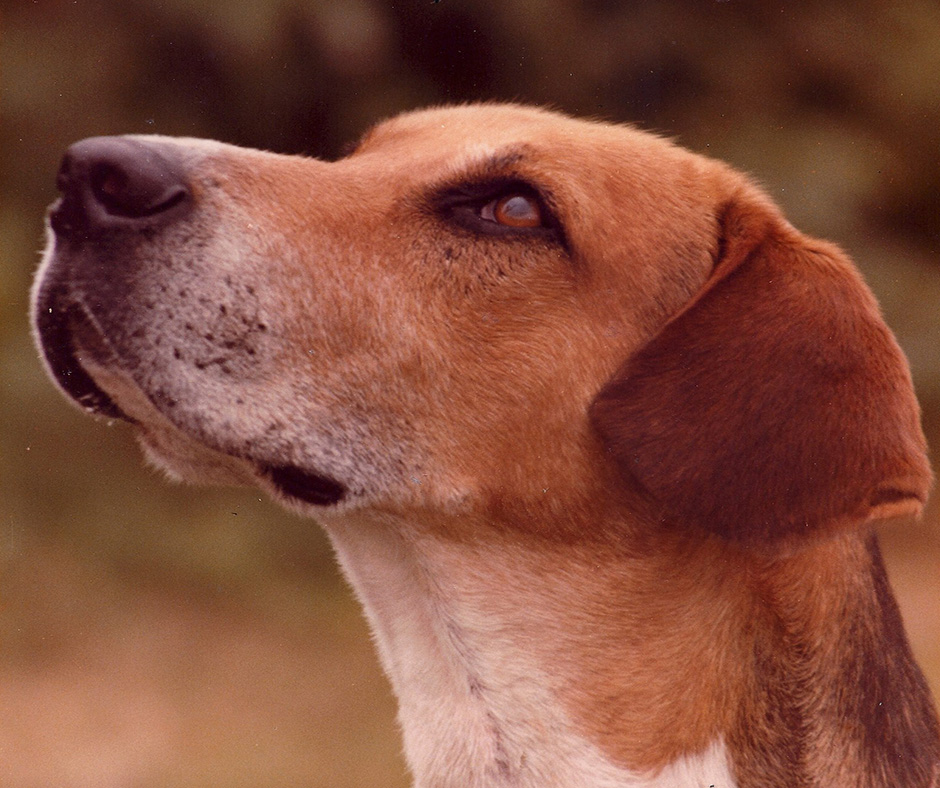681 – Tube Feeding: When, Why and How with Dr. Marty Greer
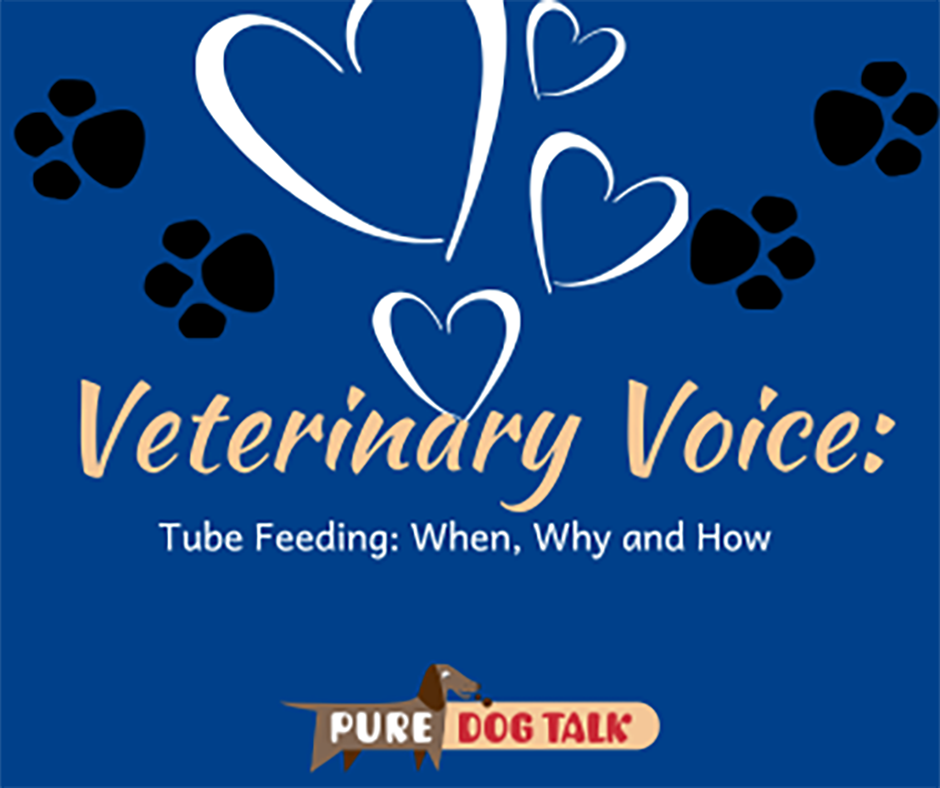
Tube Feeding: When, Why and How with Dr. Marty Greer
Dr. Marty Greer joins host Laura Reeves for a run down of when, why and how to tube feed neonates.
New born puppies who can’t or won’t nurse for whatever reason may be fed with a tube passed directly to the stomach.
“I just want people to know that dying of starvation is not an option at my house,” Greer said. “Different people have different thresholds and that’s my threshold, is you are not going to die of starvation.”
Marty and Laura walk through the “why”s of tube feeding, along with when to make that decision, what to do and what not to do.
“Usually it’s just for a few days,” Greer said, “sometimes a week or two until they catch on, start latching, start gaining and then they do great. But some dogs are slower than others and I see some puppies that are just really slow to grow. They may be half the size the littermates. And again, they may have swallowing defects. There is a lot of things that (can cause puppies not to nurse well.”
Greer cautions that all puppies should be checked for cleft palate to rule out that as a cause for failure to thrive/nurse well.
“Number one is pre warm the puppy. The puppy needs to be at least 96° on a rectal thermometer. Do not feed a cold puppy #2 is pre warm the formula. Number 3 is pre measure the tube. You measure the tube from the tip of the nose to the last rib. Have a marker or piece of tape, something that you mark on the tube so that you know exactly how far the tube has to be to go to the last rib because the stomach is behind the last rib. The trachea divides about halfway there, so if you’re only in halfway, you could be in the trachea. If you’re in all the way, you have to be in the stomach.
“When you pass the tube, you keep the chin down and you pass to the left. A lot of people throw the puppy’s head up and look in the back of the oral cavity. And if you do that, you open up the airway. So keep the chin down so that you close the airway, you pass it to the left because the esophagus is left of the trachea. So go to the left.
“And then the most important thing before you feed is you pinch the puppy on the tail or the toes and make sure it can cry and you can hear it vocalizing. If the puppy can vocalize, you’re in the esophagus. If the puppy can’t vocalize You could be in the trachea, so pull out the tube, take a deep breath, go get a cup of coffee, come back and try passing the tube again. Those tips will keep you out of trouble 99% of the time. Is there a guarantee? Absolutely not. But I’m going to guarantee you that your puppies aren’t going to thrive if they don’t get enough calories.”
Marty’s video and more details on Revival Animal Health’s Learning Center.
Our Valued Corporate Sponsors:
Our Esteemed Advertisers:
Our In-Kind Supporters:
KNOWLEDGE IS POWER — FRANCIS BACON
When you become a patron of Pure Dog Talk you’ll tap into an exclusive community of experts to help you and your dog be blue-ribbon best at whatever you do with your purebred dog! Your support helps keep the MP3's rolling at Pure Dog Talk!
As a supporter, you’ll immediately gain access to the weekly Pure Pep Talk SMS, Pure Pep Talk private Facebook group, and priority emails. Patrons can choose to level up to the After Dark Zoom and a Patrons Digital Badge for their website— even a private counseling session with Laura on any topic.

DON'T MISS AN EPISODE!!


